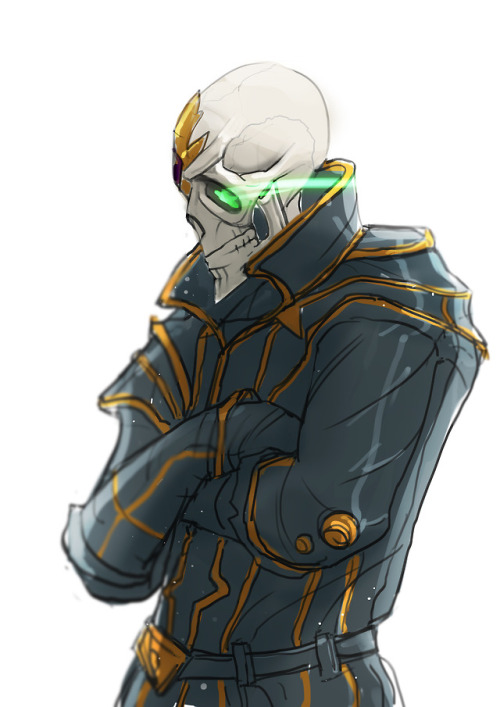

Occipital Bone: It is a flat bone present at the back of the skull. A large hole, the Foramen magnum, is at the base of the skull that allows the brain to continue into the spinal cord located at the back.Temporal Bone: This pair of irregular bones are present under the parietal bones on the lateral sides.Parietal Bone: These are pairs of flat bones present behind the frontal bones on either side of the head.Frontal Bone: It is a flat bone that forms our forehead and the upper part of our eye sockets.(A) Cranium: This includes \(8\) bones: \(1\) Frontal bone, \(2\) Parietal bone, \(2\) Temporal bone, \(1\) Occipital bone, \(1\) Sphenoid, and \(1\) Ethmoid. \(8\) in the cranium, \(14\) in the face, \(6\) ear ossicles and 1 hyoid bone. The skull of humans is said to be dicondylic. The two parts of the skull are the cranium and facial bones. It acts as a cover to the brain and supports the structure of the face. Skull: The skull is a bony framework of the head that protects the brain. On this page, let us learn everything about the axial skeleton in detail. The brain is protected by the skull, which stays sturdy. With the exception of the skull, the bones of the skeleton weaken as it ages. It is the body’s medial core, connecting the pelvis to the torso and housing the appendix skeleton. The human axial skeleton is made up of 81 bones. The axial skeletons of humans are the subject of this article nonetheless, it is vital to understand the axial skeleton’s evolutionary lineage. The brain and other important organs are housed in flat bones.

The bones of the vertebrae, sacrum, coccyx, cranium, ribs, and sternum are also known as the axial skeleton. The axial and appendicular skeletons combine to produce the entire skeleton.

The human skeleton is made up of 80 bones and is divided into six sections: the skull (22 bones), middle ear ossicles, hyoid bone, rib cage, sternum, and spinal column. Throws: Throwable - if the skeleton invocation failedĬopyright © 2002-2006 The Spring Framework.The axial skeleton is the section of a vertebrate’s skeleton that comprises the head and trunk bones. Parameters: inputStream - the stream containing the Hessian input outputStream - the stream to receive the Hessian output

Throws Throwable Invoke the given skeleton based on the given input/output streams. Invoke public abstract void invoke( InputStream inputStream, Parameters: skeleton - the HessianSkeleton to wrap serializerFactory - the Hessian SerializerFactory to use, if any Method Detail HessianSkeletonInvoker public HessianSkeletonInvoker(.HessianSkeleton skeleton,Ĭom.SerializerFactory serializerFactory) Create a new HessianSkeletonInvoker for the given skeleton. SerializerFactory protected final .SerializerFactory serializerFactory Hessian SerializerFactory (if any), available to subclasses. Skeleton protected final .HessianSkeleton skeleton Wrapped HessianSkeleton, available to subclasses. ObjectĬlone, equals, finalize, getClass, hashCode, notify, notifyAll, toString, wait, wait, wait Invoke the given skeleton based on the given input/output streams. HessianSkeletonInvoker(.HessianSkeleton skeleton,Ĭom.SerializerFactory serializerFactory)Ĭreate a new HessianSkeletonInvoker for the given skeleton. Wrapped HessianSkeleton, available to subclasses. Hessian SerializerFactory (if any), available to subclasses. Internal invoker strategy for a Hessian skeleton.Īllows for common handling of Hessian protocol version 1 and 2. SUMMARY: NESTED | FIELD | CONSTR | METHODĬlass HessianSkeletonInvoker .HessianSkeletonInvoker Direct Known Subclasses: Hessian1SkeletonInvoker, Hessian2SkeletonInvokerĪbstract class HessianSkeletonInvoker extends Object HessianSkeletonInvoker (Spring Framework API 2.0)


 0 kommentar(er)
0 kommentar(er)
